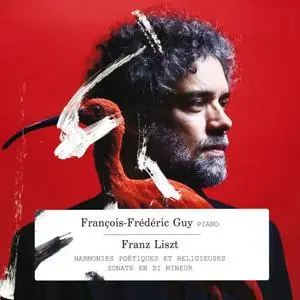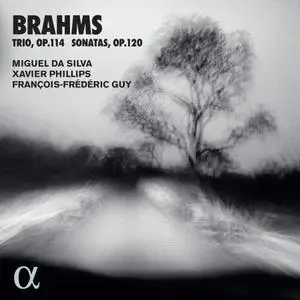François-Frédéric Guy - Franz Liszt: Harmonies poétiques et religieuses, Sonata en si mineur (2010)
EAC | FLAC | Image (Cue & Log) ~ 324 Mb | Total time: 77:22+52:35 | Scans included
Classical | Label: Zig-Zag Territories | # ZZT 110301 | Recorded: 2010
EAC | FLAC | Image (Cue & Log) ~ 324 Mb | Total time: 77:22+52:35 | Scans included
Classical | Label: Zig-Zag Territories | # ZZT 110301 | Recorded: 2010
For the 200th anniversary of the birth of Franz Liszt, pianist François-Frédéric Guy has recorded an impressive album of the Harmonies poétiques et religieuses and the Sonata in B minor, a presentation that covers two CDs and demonstrates both the composer's inexhaustible imagination and the performer's commitment to the music. Because Harmonies poétiques et religieuses is predominantly defined by its meditative quality and serene moods, it contains some of Liszt's most sustained and shimmering music, and the expressive control required to play at a soft level for most of the work is fully evident in Guy's rapt and gentle performance.



